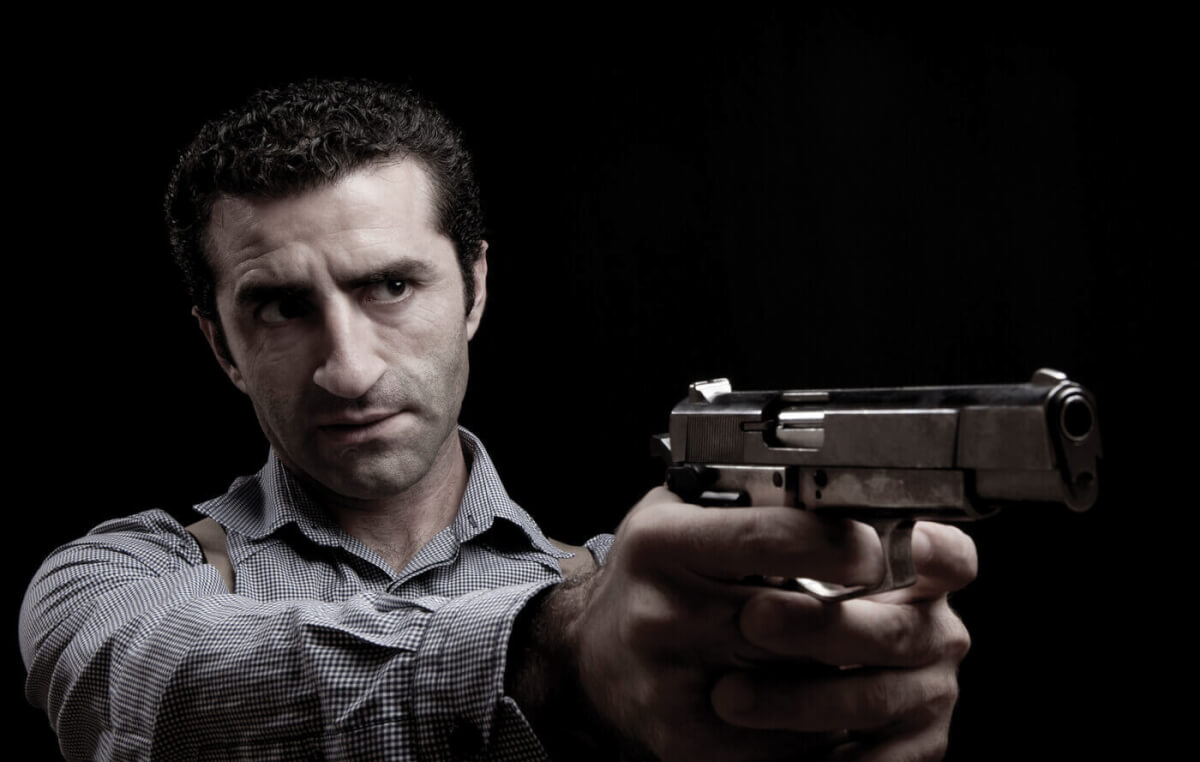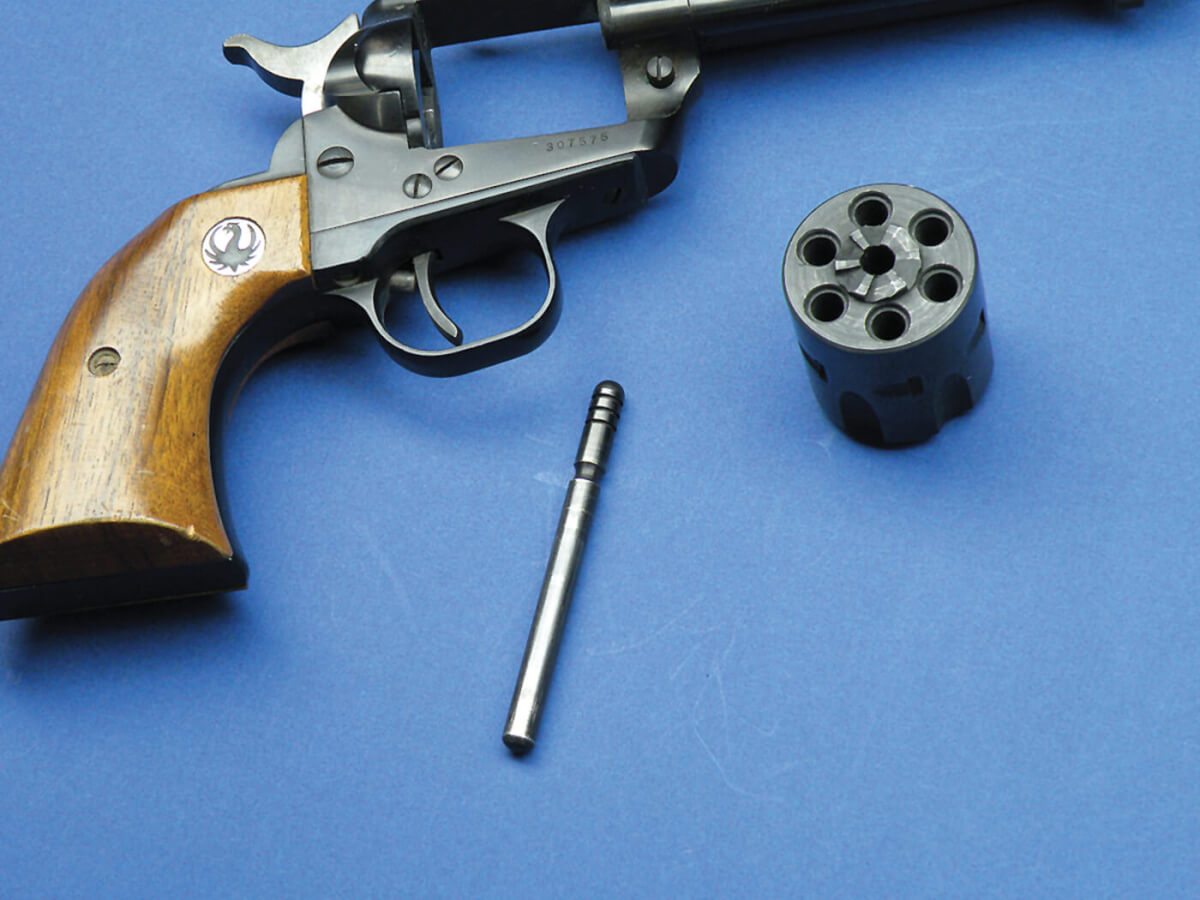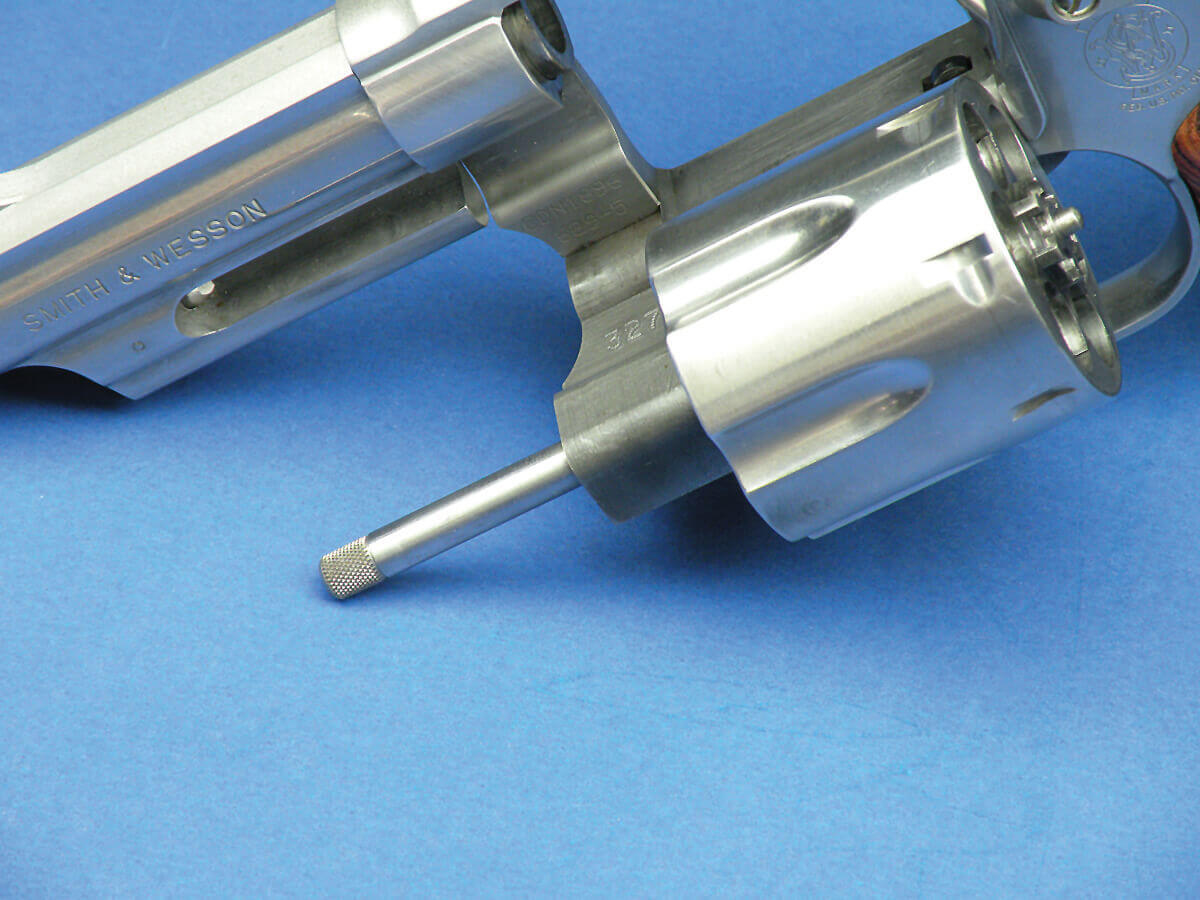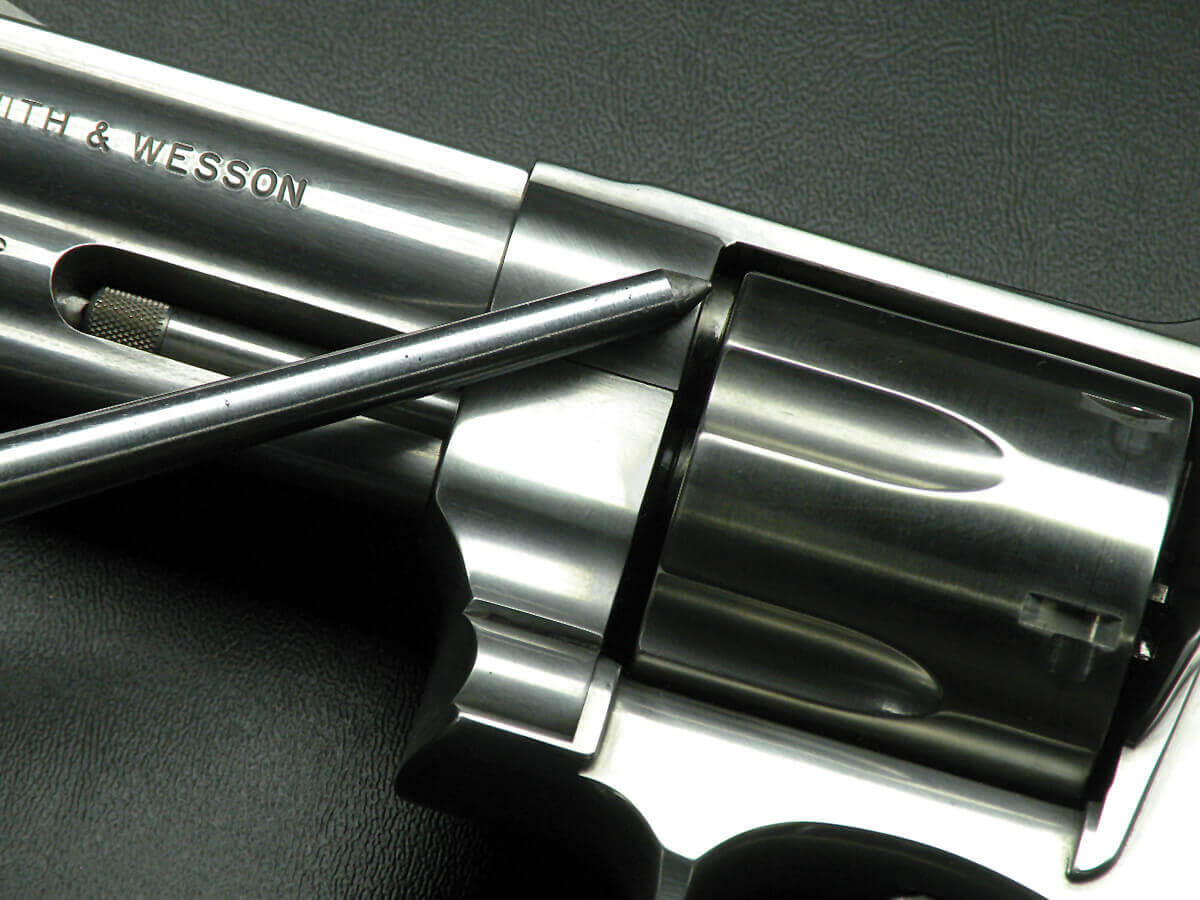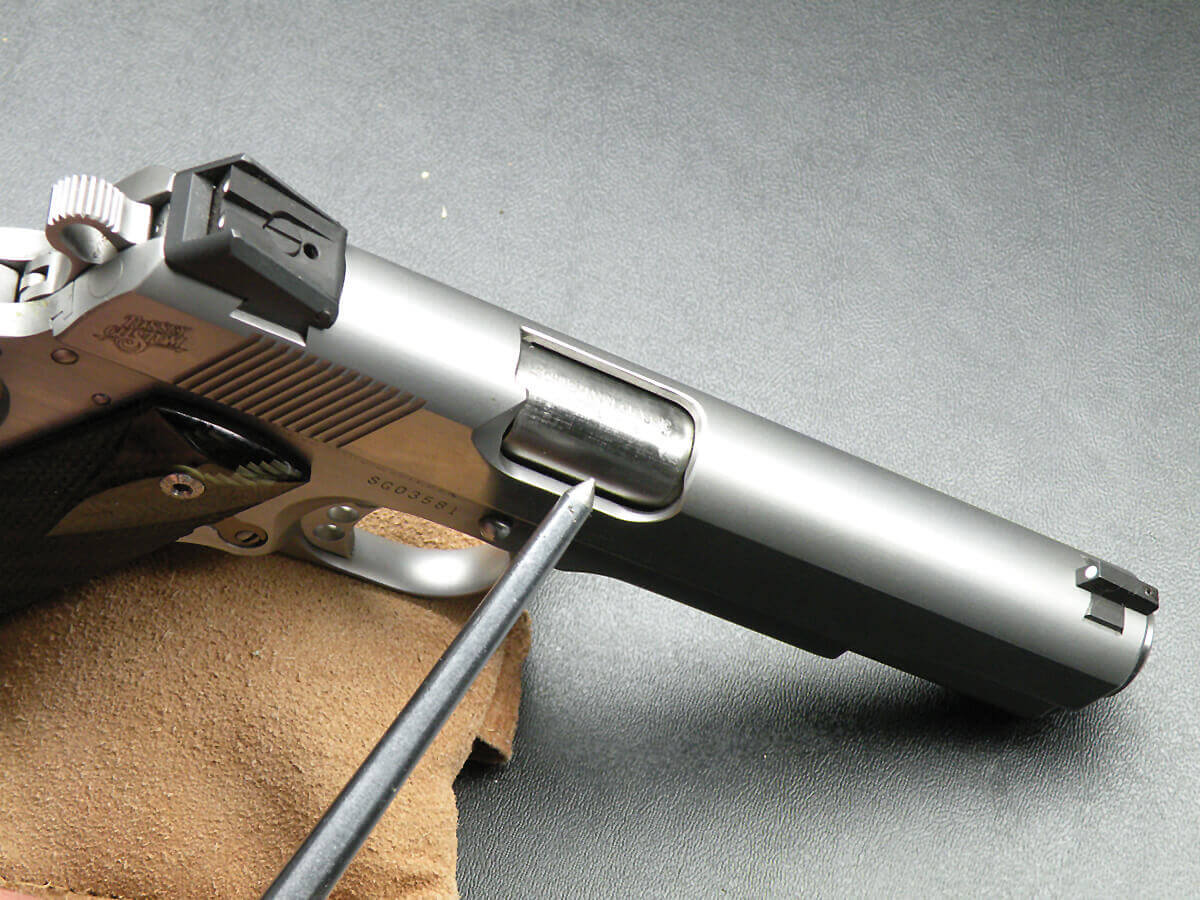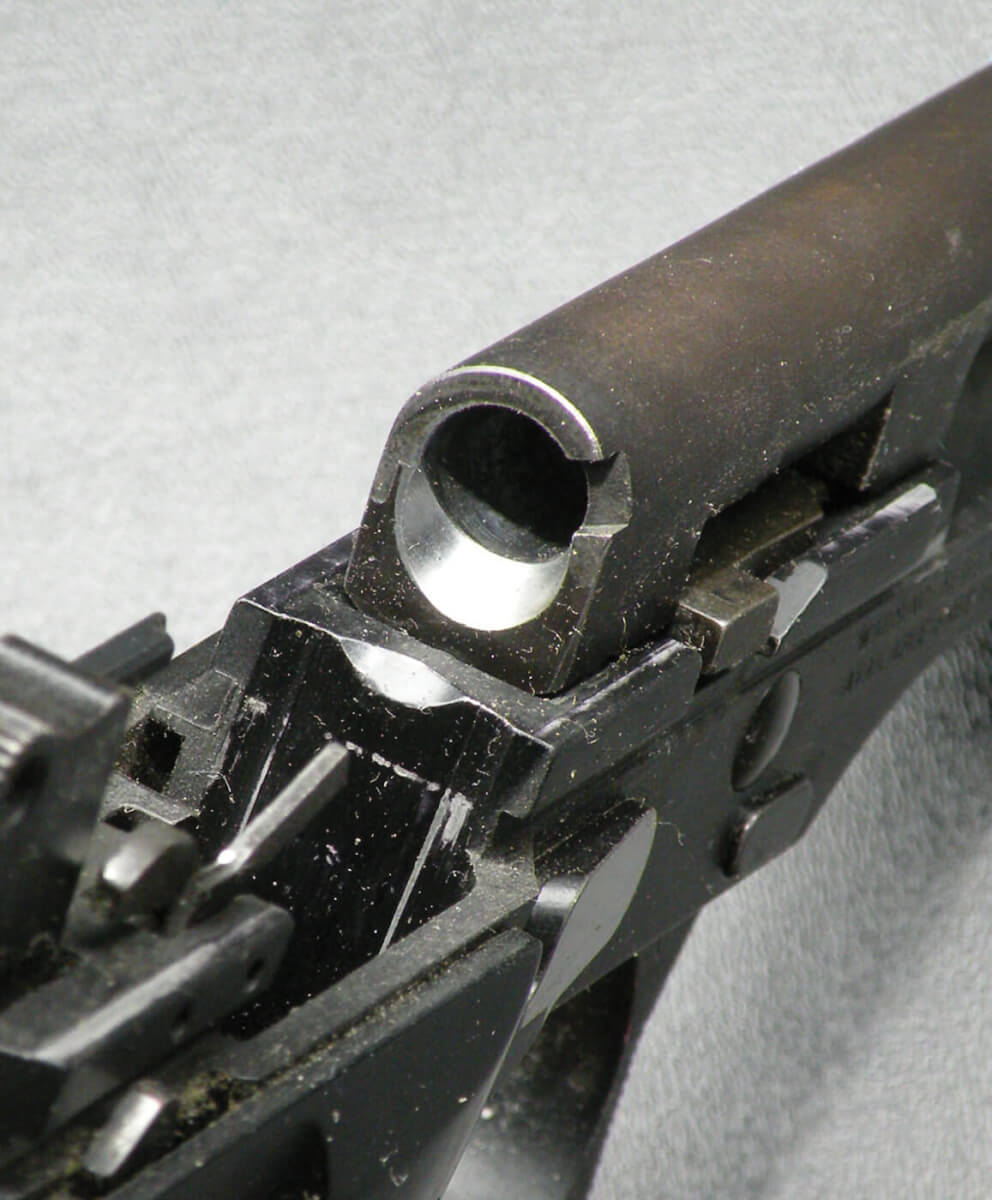If the world gets crazy, you gotta be ready.
And that’s exactly why your list of must-have items should include a handgun.
At first, it may seem like a monumental task, especially if the closest you’ve been to a gun is a 3D showing of the latest action movie at your local theater. But it’s cool, because, as you’re about to find out, buying a used handgun is a lot like buying a car.
You simply need to define your needs, the job for which it is intended (self-defense), determine your budget and then investigate the market. Once you have narrowed down the field, it is time to “kick some tires.”
FIRST IMPRESSIONS
First impressions are important.
You’ll see NIB (new in box) guns with all their original packaging down to those that the owner keeps wrapped up in an oily rag—or worse. For those guns that are not boxed, there are some simple first steps to take in your evaluation.
- First, and this is key for whatever gun you’re looking at, confirm that the firearm is unloaded before your initial inspection.
Then, go down this checklist:
- What is the general condition of the gun?
- Is it clean overall?
- Is the bore bright and shiny with crisp edges to the rifling and no damage to the crown at the muzzle?
- Are there any scratches, dents, dings or other evidence of mistreatment or accidents?
- How is the finish? Rust or corrosion is obviously a problem, although if the gun is sound you can always refinish it if it is financially feasible. However, that typically destroys any collector value that may have existed.
Be aware that many guns will show a lot of holster wear to certain spots on the firearm but still be mechanically tight. You can either touch those spots up or let the old gun wear them proudly.
It really is that simple for starters. From there you can do some basic ergonomics and mechanical checking. I’ll cover specifics for both revolvers and pistols in a moment, but first let’s look at the basics.
THE BASICS

Having confirmed that the gun is completely unloaded, start by seeing if it fits you.
The coolest gun in the world is no good if it doesn’t fit your hand and point naturally for you. You should be able to focus on a “target” across the room, close your eyes and raise the gun. When you open your eyes, it should be pretty well aligned with that spot. If not, you may be able to correct that with different stocks (grips), or maybe you should just find a different gun.
Continue by checking its basic action. Check to make sure that the safeties work as designed, and that the cylinder, slide or magazine latches work properly.
Ask if you may dry fire the handgun to check the trigger, and ask if you can test fire it.
Besides trying the gun, looking at fired brass can tell you a lot. Off-center primer strikes are not good, backed-out primers are not good, and cases from a semi-auto with smudged primer impacts or obvious rim damage from an extractor are not good.
Most often, there will not be a chance to actually shoot the gun, so be warned you will probably be buying “a pig in a poke” and hoping for the best.
REVOLVERS
That round thing with the holes through it is the cylinder, and it needs to spin freely and squarely to produce reliability and consistent accuracy from chamber to chamber.
You may find that the cylinder is marked with a line around the bolt-stops, which are the cut-outs at the rear of the cylinder.
This indicates that there is a weak spring or a timing problem because the locking bolt has been dragging on the cylinder. The cylinder should not wobble sideways. It also should not move forward and/or backward when in battery, or you have a condition called “end shake.”
Rotate the cylinder and watch to see if the gap between the barrel extension through the frame and the front of the cylinder changes as it rotates. It should be minimal and consistent.
The ejector rod on swing-out cylinders can be checked for trueness by holding it upright and against a plain background while rotating it. Single action guns with removable cylinder pins can be inspected much like a pool cue stick—just roll it on a hard, flat surface.
Finally, check the inside of the top strap of the frame just above the barrel extension to make sure there is not significant flame-cutting and that the forcing cone (the end of the barrel that receives the bullet from the cylinder) does not appear to be eroded.
A little bit of erosion is to be expected with an older gun, but a well-defined torch line, especially on a newer gun, tells you that it was fired with a lot of hot rounds.
PISTOLS

The semi-auto is a bit more complicated than the revolver, but there are a few basic tests that will give you some idea about the gun.
Slide-to-frame fit should be snug but smooth in operation and have no slop when in battery.
The barrel should also lock up tightly at both ends, and you can test this by pushing on its locking points—the chamber and the muzzle.
Magazines should insert easily, lock in securely and drop freely when released.
There are so many different trigger designs on pistols today that it is hard to talk about them without starting your own book. In any case, you’ll have traditional single-action, double-action (trigger cocking) first round with a transition to single-action, double-action only or what Glock calls a “safe action” with an activator on the trigger and a pre-loaded striker.
This is really part of you doing your homework before going shopping. You need to know what you are looking for, because each design has different features, and some require more training and “trigger time” before I would recommend them to novice shooters.
Another area of concern should be the feed ramp area of the pistol, as feeding malfunctions could have scarred this over time, especially with an alloy frame or a polymer pistol.
If you can field-strip the pistol, it should be easy to see any unusual wear patterns or obvious problems. Unlike the revolver, a change of sights is common on a pistol, so see if the sights are set in dovetails (and what the dovetail specs are), as that will determine part of your overall cost.
If the front sight is pinned, it must be drilled out from underneath for a change, and if the rear sight is not in a standard dovetail, the slide will have to be machined and then refinished (unless it is stainless steel).
Today, many modern pistols allow for a change of stocks, and some of the newer models even have interchangeable back strap inserts with specific profiles for the grip to change the feel, balance, and natural pointing angle of the handgun for shooters of all dimensions.
BE READY
You never know when the world may get tossed upside down, so it’s better to have a firearm that can provide the self-defense you need … just in case you need it.
Editor’s note: A version of this article first appeared in a 2012 print issue of American Survival Guide.


